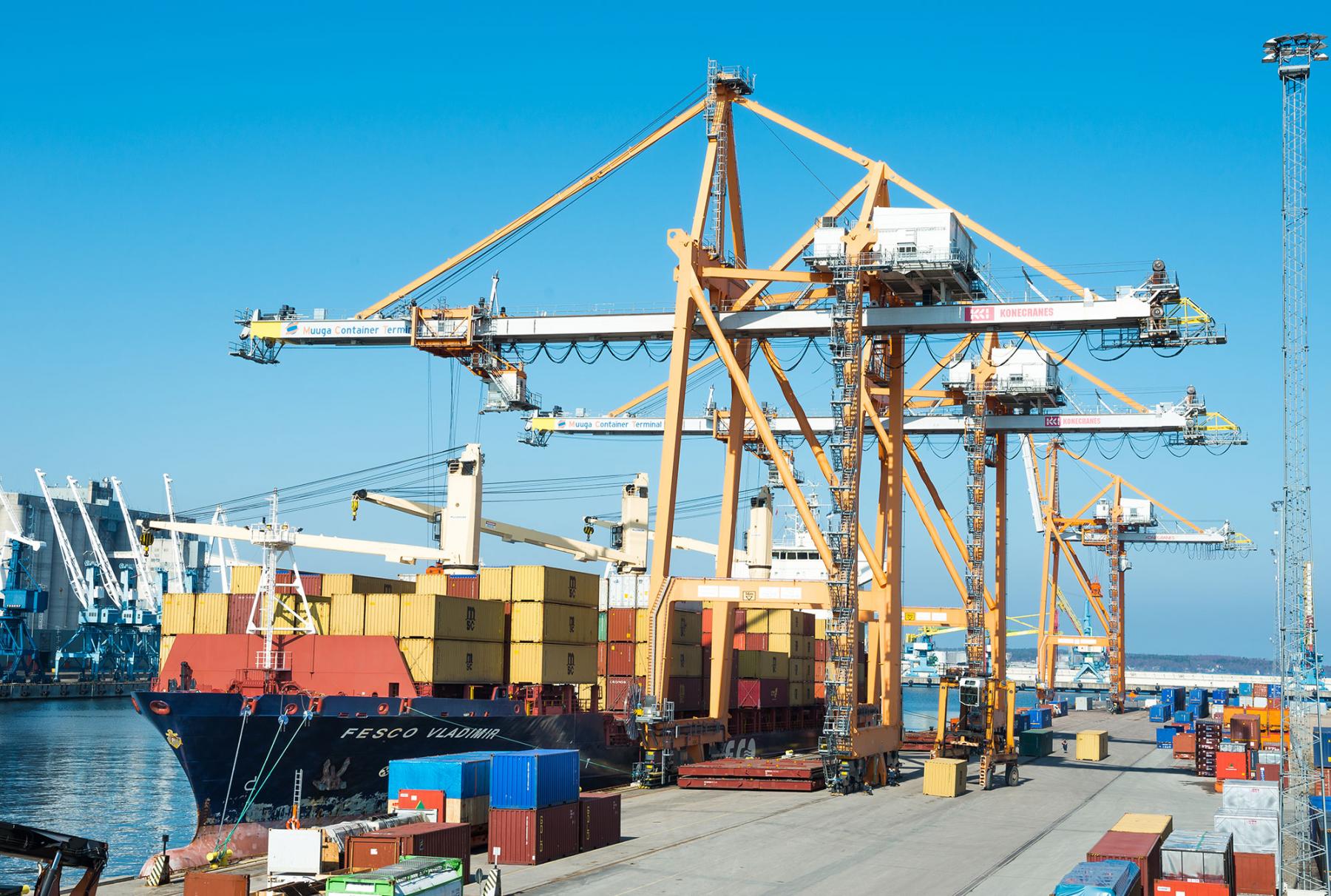
Estonia’s main exported goods
Estonia, a Baltic nation known for its robust digital economy, exports a diverse range of goods. Despite its small size, the country has carved out strong sectors in technology, machinery, and energy. Here’s a closer look at Estonia’s main exports and the industries driving its economy:
1. Electrical Equipment and Electronics
Estonia’s leading exports are electrical equipment and electronics, which include components like circuit boards, transistors, and telecommunications equipment. This sector is fueled by Estonia’s strong foundation in tech innovation and software development, which has garnered a reputation as one of Europe’s most digitally advanced countries. Major exports in this category include electronic integrated circuits and communication devices, with the main export destinations being Germany, Finland, and Sweden. Estonia’s focus on innovation and technology has led to significant investments in R&D, supporting the growth of high-tech electronic manufacturing.
2. Machinery and Mechanical Appliances
Machinery and mechanical appliances, including equipment like motors, turbines, and various manufacturing machines, are also significant exports for Estonia. The country has developed a solid industrial base, with many companies producing specialized machinery used in a variety of industries worldwide. This machinery is known for its quality and reliability and is often used in the manufacturing and processing sectors of Estonia’s export partners, which include Sweden, Finland, and Germany. Estonian companies benefit from skilled labor and a favorable business environment, making the production of high-precision machinery feasible on a large scale.
3. Mineral Products, including Fuels and Energy
Estonia is unique in its heavy reliance on oil shale, which it extracts domestically and uses to produce fuel oils, a significant portion of its mineral exports. Oil shale processing is a major industry in Estonia, providing energy and fuel products that are exported primarily to the EU. However, as the global energy market shifts toward renewable resources, Estonia is also focusing on green energy technologies, including wind and solar power, though oil shale products remain crucial for now. Additionally, Estonia has started to invest in renewable energy exports, showing a commitment to environmental sustainability while meeting global energy demands.
4. Wood and Wood Products
Forests cover more than half of Estonia’s land, and the forestry industry is a significant part of the country’s economy. Estonia exports timber, sawn wood, and wood products to neighboring EU countries, especially to Finland, Sweden, and the UK. The forestry sector produces not only raw wood materials but also furniture, prefabricated wooden houses, and other value-added wood products. This sector is carefully managed under strict environmental regulations to ensure sustainable forestry practices. With growing demand for eco-friendly and sustainably sourced materials, Estonian wood products are valued in the European market.
5. Metals and Metal Products
Estonia also exports various metal products, including iron, steel, and aluminum, as well as articles made from these metals. These materials are primarily exported to construction and automotive industries in the European Union. The sector includes both raw materials and finished products, such as metal parts for machinery, construction materials, and household products. Estonia’s metal industry benefits from skilled labor and advanced manufacturing technology, which allows it to produce high-quality products that meet European standards.
6. Food Products and Beverages
Estonia exports a variety of food products, including dairy, fish, and meat, with the largest markets for Estonian food being Finland, Latvia, and Lithuania. Dairy products, particularly cheeses and milk, are well-known exports, benefiting from the country’s clean, northern environment. Estonia also exports fish, such as herring, which is abundant in the Baltic Sea, as well as specialty food products and beverages. Estonian craft beers and spirits, such as vodka and gin, are increasingly popular exports as well, finding niche markets in Western Europe and beyond.
7. Chemicals and Chemical Products
Estonia’s chemical industry, though smaller than some of its other sectors, includes the export of pharmaceuticals, cleaning products, and fertilizers. These products are mainly shipped to EU countries, including Latvia, Sweden, and Finland. Estonia’s pharmaceutical products, for example, are respected for their quality, and the industry is supported by advanced laboratories and research institutions. The country also exports fertilizers, which are produced from locally sourced mineral resources and are in demand in agricultural markets.
8. Textiles and Apparel
Although textiles are not the leading industry, Estonia’s textile sector includes the production of clothing, technical textiles, and other apparel items. Some companies specialize in sustainable and eco-friendly textile production, which aligns with Estonia’s broader environmental goals. The country exports its textile products to nearby European markets, including Finland, Sweden, and the Netherlands. The apparel industry is relatively niche but focuses on high-quality, durable, and often innovative textile products.
Conclusion
Estonia’s export economy reflects a blend of traditional industries like forestry and mineral products, along with high-tech sectors such as electronics and machinery. The country’s strategic location in Northern Europe, along with its highly developed infrastructure and business-friendly environment, enables it to access markets across Europe and beyond. Estonia’s commitment to technology and sustainability suggests that its exports will likely continue to diversify, incorporating more environmentally friendly and innovative products in the coming years. The government’s focus on digital transformation, renewable energy, and sustainable development will help Estonia maintain its competitive edge in a rapidly changing global market.



Leave a Reply